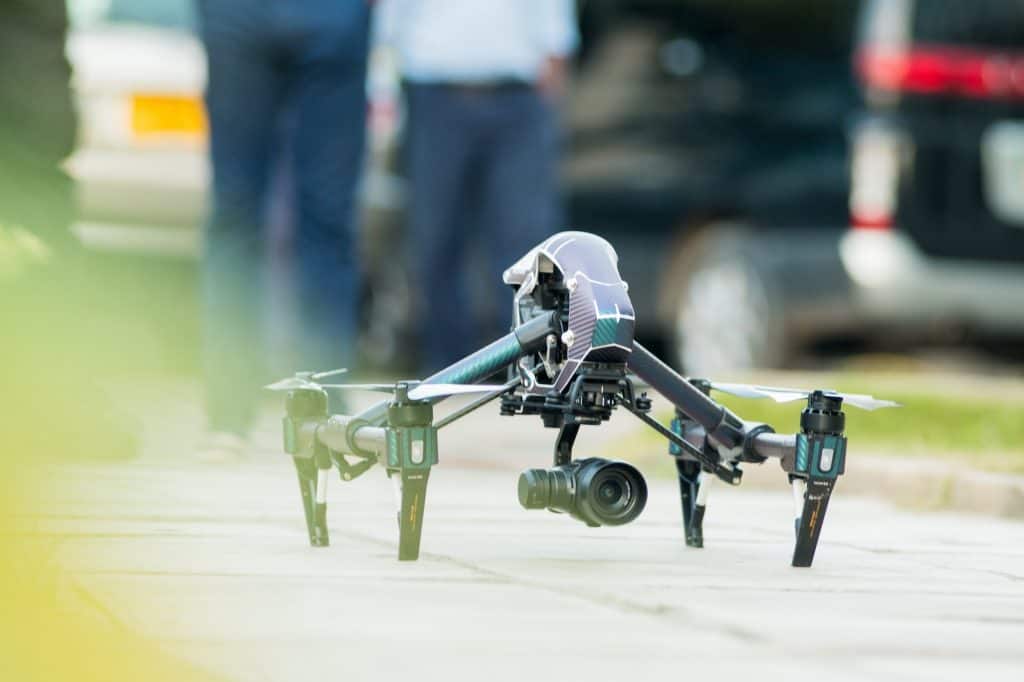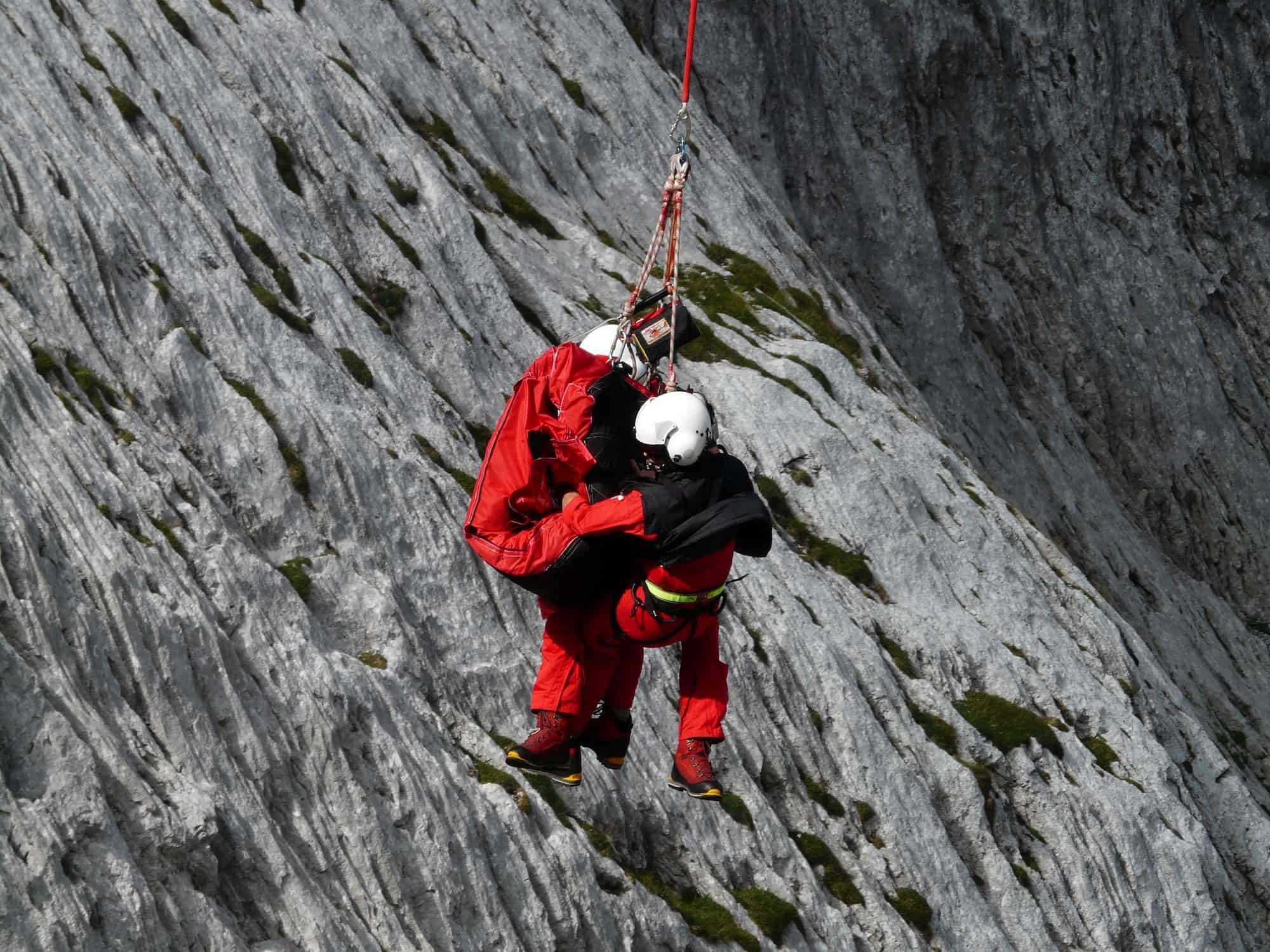Drones are used for a wide range of purposes and are continuing to increase in popularity with each passing year. Around 110,000 drones for commercial use were sold in the United States in 2016, according to Gartner Consulting. Drones are starting to become a standard piece of technology used in emergency situations, and this is due to the various benefits they provide. Although their use is not as widespread yet, drone technology for public safety and emergency services is expected to increase steadily.
What Drone Rescue Pilots Need to Know
Disaster situations are typically chaotic, confusing, stressful, and dangerous. The operators of rescue drones have to be certain they will not interfere with any manned aircraft support that is already in the air. Operators should only fly a drone into an active area when they have the go-ahead from the Incident Commander or one of their subordinates. The Incident Command System was implemented to ensure effective and efficient domestic incident management. This is done by integrating all the facilities, organizations, personnel, necessary equipment, procedures, and communication present in the disaster area. This creates the needed organizational structure for first responders and volunteers, generating an efficient system for disaster relief, as well as search and rescue operations.
A drone operator must also ensure they are operating within the rules and regulations set by the Federal Aviation Administration for all drone rescues. They need to check for any Temporary Flight Restrictions and NOTAMs (Notice for Airmen) as well. NOTAM will notify operators of any hazards along their intended flight route, and it is updated in real-time.
Drone Search and Rescue
When a disaster strikes, there is a limited window of time to find survivors before it is considered a recovery. All search and rescue missions have the same goal: to locate, stabilize, and extract individuals in dire need. Every mission will vary, and the team decides the best procedure and technology needed to carry out their duties quickly, efficiently, and in the safest way possible.
These disasters can range from a hiker lost in the woods, a walkaway Alzheimer’s patient, or a building collapse to earthquakes. Drone technology enables first responders to immediately deploy a drone to help find a missing person, survey a disaster site, and provide first-aid supplies. Drones can be equipped with various types of technology as well. They can have infrared sensors, thermal sensors, radiation detection, and more.
The infrared and thermal sensors help first responders locate missing persons in wooded areas, building collapses, in the ocean, and in other situations. The sensors increase visibility at nighttime, allowing search and rescue efforts to continue at all hours. The ability to scan a large area quickly and with pinpoint accuracy reduces search time. The drone will send GPS coordinates to first responders and also guide the rescue team to the victims’ location.

Drones Providing First-Aid
Drones are compact and can fly into areas that helicopters cannot go and where rescuers may not be able to get to. They can be a critical component when the minutes count and sometimes be the difference between life and death. A top priority is to rescue victims while keeping the first responders and volunteers safe. When a survivor is located, but first responders cannot reach them, a drone is used to give the survivor supplies while they wait to be rescued (if the survivor can receive the supplies). This also applies to rescuers, providing them with first aid supplies so they can tend to the survivor. This increases the victims’ chances of survival after they are rescued. In the case of a heart attack, a defibrillator can be provided to rescuers quickly, and the victim will have a better chance of survival.
Search and rescue missions that involve the sea can also use drones to drop life jackets to those who are stranded. However, drones providing first-aid are not exclusive to search and rescue missions. Local emergency services can utilize drones to provide emergency medicine to people in the wilderness. For example, if someone allergic to bees is stung or a snake bites someone, emergency services can use a drone to quickly provide the needed assistance before help can arrive to take them to the hospital.
Natural Disasters: Drone Rescue and Drone Powered Prevention
Devastations such as wildfires, tornadoes, hurricanes, and mudslides affect a widespread area. Oftentimes, the extent of damage is not known until the event is over. Rescue teams often operate while natural disasters are still occurring. This is commonly seen as homeowners being rescued from their homes during hurricane flooding. The potential for drone use is steadily being realized.
According to National Geographic, an annual four to five million acres of land are cleared by around 100,000 wildfires in the United States. Several factors make wildfires hard to extinguish: wind, droughts, high temperatures, and population growth. Wildfire season in the United States is becoming longer and seeing more intense fires. Aircraft must fly at low altitudes when battling a wildfire, which puts the pilot and onboard crew at risk.
Drones eliminate the risk first responders face when they get close to the flames. They can fly in low visibility conditions and safely release fire retardants. The drones can also have communication systems that allow the command center and firefighters to stay in contact.
Areas that are frequented by tornadoes, hurricanes, earthquakes, and flooding will benefit from 3D mapping. Drones are excellent at quickly mapping areas in high resolution during disaster relief. They are easy to deploy and more cost-effective. It can find hotspots and areas that have sustained the most damage and update first responders in real-time to help organize the relief efforts.
Temporary Power Sources Provided By Drones
Drones can be used to establish temporary Wi-Fi access and cell phone access. These types of systems are called Airborne Warning and Control Systems, or AWACs. They allow first responders and residents to have the access they need when the area has down power grids and non-functioning cell towers.

Tom McKeefery
Partner
Transformation, Technology, Supply Chains, and Operations
